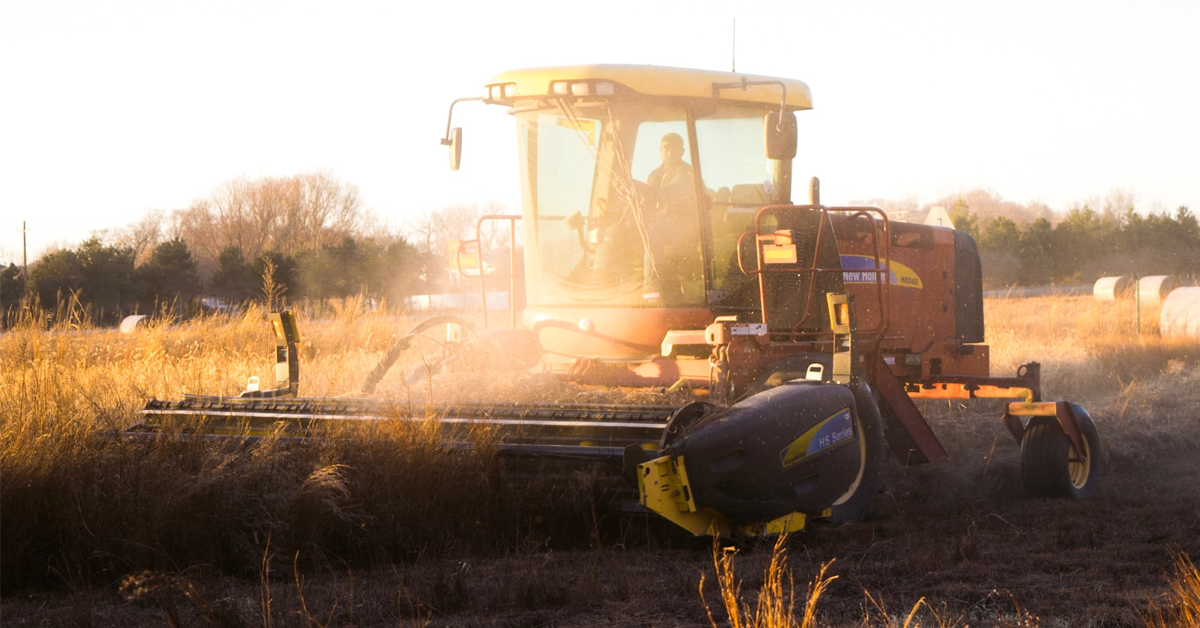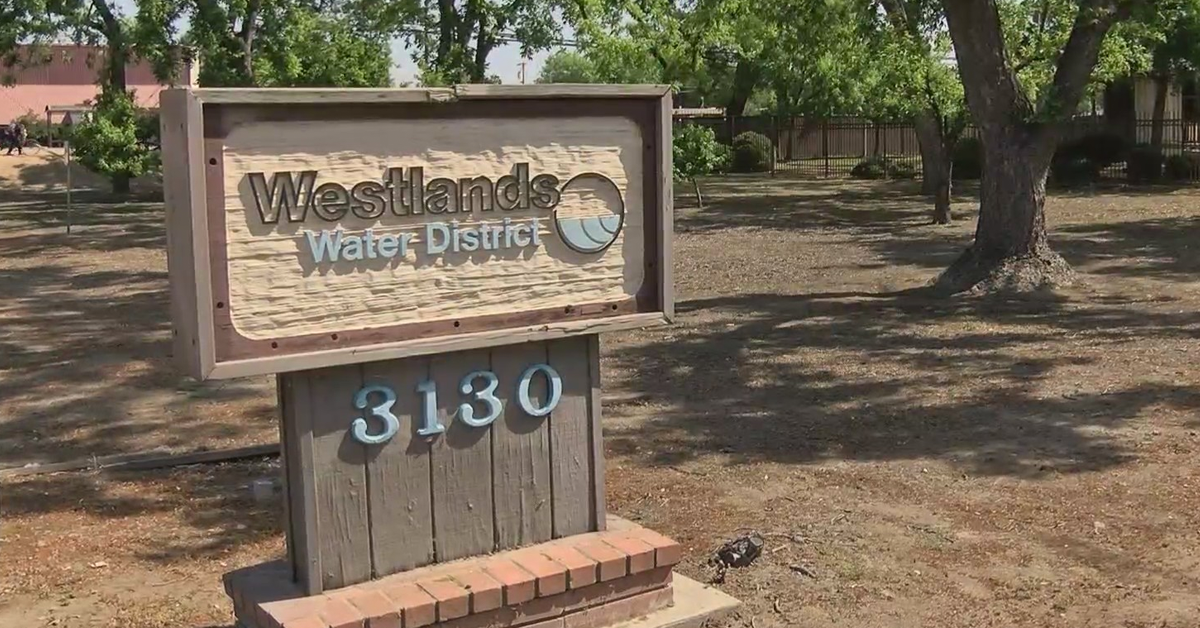From the fertile field of the San Joaquin Valley to technology hubs across the state, California agriculture is embracing a vibrant new era marked by innovation, resilience, and promise. Advances in water management, AI-driven analytics, and resource-efficient farming practices are merging to pave the way for growth, continuity and stability. As we confront complex issues such as inflation, regulatory complexity, and hydrologic volatility, the farmers, communities, and local industries of our region have proven their exceptional adaptability and visionary leadership.
At the core of the San Joaquin Valley’s success lies an unwavering commitment to optimizing resources and minimizing operational costs. Cutting-edge technologies such as sensor-based irrigation systems, predictive analytics, and proactive equipment maintenance are delivering tangible financial benefits. These advancements strengthen the agricultural supply chain and help stabilize consumer prices by ensuring farms remain profitable and competitive amid market pressures.
Navigating the historically intricate regulatory environment has long posed challenges for agricultural producers and water managers. However, growing momentum toward streamlining and modernizing these regulatory frameworks signals a promising new era of government-industry cooperation. Farmers throughout the San Joaquin Valley are actively advocating for policies that provide greater flexibility in water allocation, enhance local groundwater management, and upgraded mixed use flood control infrastructure. Recent executive orders and updated regulations have already begun to reduce administrative burdens, providing farmer with greater confidence and an enhanced sense of certainty with making critical planting and investment decisions.
Further enhancing California’s agricultural sector, recent executive actions have significantly strengthened disaster-response capabilities and improved water-management strategies. By facilitating expedited responses to drought and flood emergencies, these actions protect both crops and communities, mitigating long-term economic risks. Policy updates such as streamlined permitting processes for groundwater recharge initiatives and refined water-flow adaptively managed regulations underscore the effectiveness of responsive government support in amplifying private-sector innovation.
While addressing legitimate concerns from critics regarding privacy, automation, engagement of smaller-scale farms, and the unnecessary diversion of water to the ocean instead of for productive uses remains essential, the positive trajectory remains undeniable. California’s agricultural sector is tapping into unprecedented opportunities, integrating advanced AI systems, improving water-management practices, and modernizing supply chains. Together, these advancements are shaping a resilient future where resource optimization and economic viability are not just compatible, they reinforce each other.
Despite ongoing challenges like rising inflation, mismanagement, global market volatility, and regulatory complexities, the necessity of aligning state and federal policies with emerging technologies is clearer and more urgent than ever. Farmers, agribusinesses, and community leaders are increasingly unified around the shared goal of a productive, responsible, and economically robust agricultural sector.
In the San Joaquin Valley and beyond, California agriculture is experiencing the start of something positive driven by a dynamic synergy between technological innovation and pragmatic policymaking. Pioneering AI platforms, such as those developed by industry leaders like Palantir, hold significant potential for optimizing water management, improving forecasting, and minimizing operational inefficiencies. Concurrently, streamlined regulations, proactive executive initiatives, and enhanced governmental efficiency are laying the essential foundation for our future.
With each passing season, the synergy between technological advancement and streamlined governance emerges as more than advantageous, it becomes imperative. By maintaining a relentless focus on reducing overhead, managing inflationary pressures, and responsibly allocating water resources, the San Joaquin Valley exemplifies agricultural excellence and the resulting economic resilience. This highly efficient, technology-driven model positions California agriculture as a global leader, paving the way toward a future defined by adaptive, innovation, and lasting prosperity.











